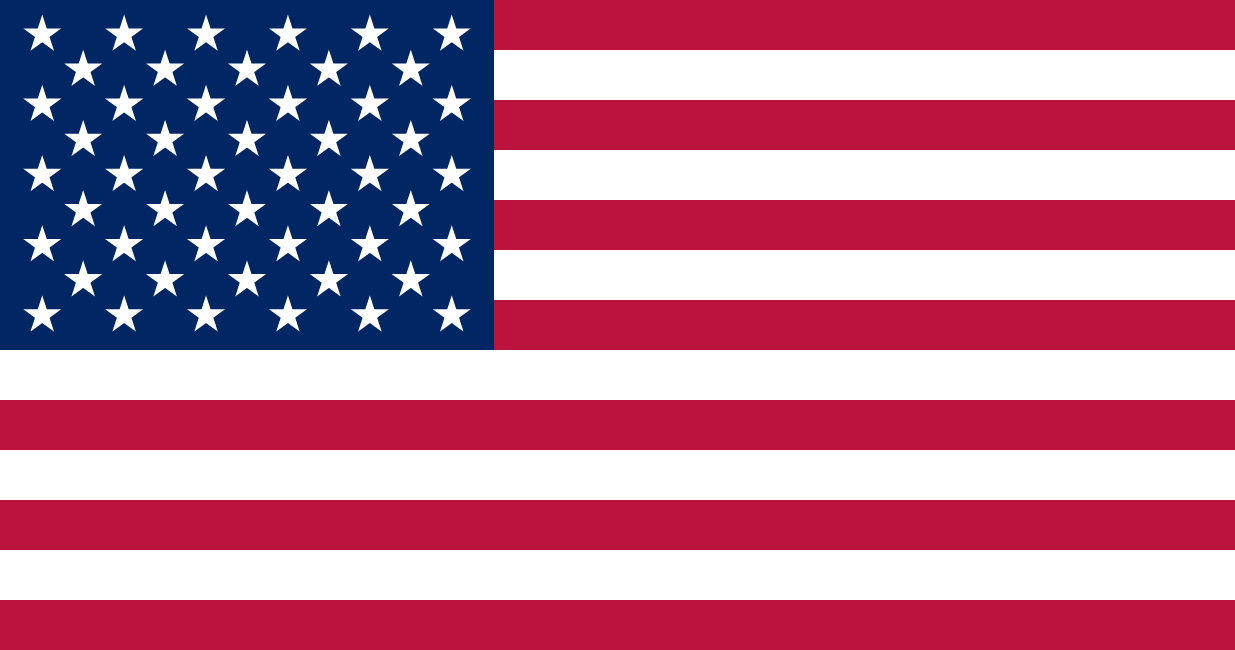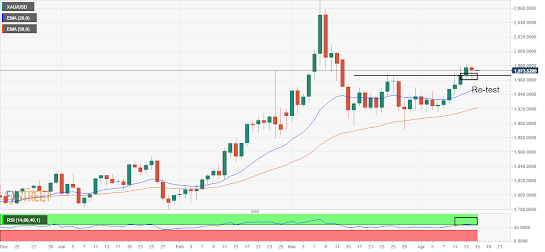Breaking: ECB leaves rates unchanged at -0.50% as expected, reiterates QE to end in Q3
The European Central Bank left its benchmark deposit rate unchanged at -0.50% on Thursday as unanimously expected by analysts. The central bank also reiterated its guidance that net asset purchases (Quantitative Easing or QE) should end in Q3.
ECB Statement:
"Russia’s aggression in Ukraine is causing enormous suffering.
It is also affecting the economy, in Europe and beyond.
The conflict and the associated uncertainty are weighing heavily on the confidence of businesses and consumers.
Trade disruptions are leading to new shortages of materials and inputs.
Surging energy and commodity prices are reducing demand and holding back production.
How the economy develops will crucially depend on how the conflict evolves, on the impact of current sanctions and on possible further measures.
At the same time, economic activity is still being supported by the reopening of the economy after the crisis phase of the pandemic.
Inflation has increased significantly and will remain high over the coming months, mainly because of the sharp rise in energy costs.
Inflation pressures have intensified across many sectors.
At today’s meeting the Governing Council judged that the incoming data since its last meeting reinforce its expectation that net asset purchases under its asset purchase programme should be concluded in the third quarter.
Looking ahead, the ECB’s monetary policy will depend on the incoming data and the Governing Council’s evolving assessment of the outlook.
In the current conditions of high uncertainty, the Governing Council will maintain optionality, gradualism and flexibility in the conduct of monetary policy.
The Governing Council will take whatever action is needed to fulfil the ECB’s mandate to pursue price stability and to contribute to safeguarding financial stability.
Asset purchase programme (APP)
Monthly net purchases under the APP will amount to €40 billion in April, €30 billion in May and €20 billion in June.
The calibration of net purchases for the third quarter will be data-dependent and reflect the Governing Council’s evolving assessment of the outlook.
The Governing Council also intends to continue reinvesting, in full, the principal payments from maturing securities purchased under the APP for an extended period of time past the date when it starts raising the key ECB interest rates and, in any case, for as long as necessary to maintain favourable liquidity conditions and an ample degree of monetary accommodation.
Key ECB interest rates
The interest rate on the main refinancing operations and the interest rates on the marginal lending facility and the deposit facility will remain unchanged at 0.00%, 0.25% and -0.50% respectively.
Any adjustments to the key ECB interest rates will take place some time after the end of the Governing Council’s net purchases under the APP and will be gradual.
The path for the key ECB interest rates will continue to be determined by the Governing Council’s forward guidance and by its strategic commitment to stabilise inflation at 2% over the medium term.
Accordingly, the Governing Council expects the key ECB interest rates to remain at their present levels until it sees inflation reaching 2% well ahead of the end of its projection horizon and durably for the rest of the projection horizon, and it judges that realised progress in underlying inflation is sufficiently advanced to be consistent with inflation stabilising at 2% over the medium term.
Pandemic emergency purchase programme (PEPP)
The Governing Council intends to reinvest the principal payments from maturing securities purchased under the PEPP until at least the end of 2024.
In any case, the future roll-off of the PEPP portfolio will be managed to avoid interference with the appropriate monetary policy stance.
In the event of renewed market fragmentation related to the pandemic, PEPP reinvestments can be adjusted flexibly across time, asset classes and jurisdictions at any time.
This could include purchasing bonds issued by the Hellenic Republic over and above rollovers of redemptions in order to avoid an interruption of purchases in that jurisdiction, which could impair the transmission of monetary policy to the Greek economy while it is still recovering from the fallout from the pandemic.
Net purchases under the PEPP could also be resumed, if necessary, to counter negative shocks related to the pandemic.
Refinancing operations
The Governing Council will continue to monitor bank funding conditions and ensure that the maturing of operations under the third series of targeted longer-term refinancing operations (TLTRO III) does not hamper the smooth transmission of its monetary policy.
The Governing Council will also regularly assess how targeted lending operations are contributing to its monetary policy stance.
As announced, it expects the special conditions applicable under TLTRO III to end in June this year.
The Governing Council will also assess the appropriate calibration of its two-tier system for reserve remuneration so that the negative interest rate policy does not limit banks’ intermediation capacity in an environment of ample excess liquidity.
The Governing Council stands ready to adjust all of its instruments within its mandate, incorporating flexibility if warranted, to ensure that inflation stabilises at its 2% target over the medium term.
The pandemic has shown that, under stressed conditions, flexibility in the design and conduct of asset purchases has helped to counter the impaired transmission of monetary policy and made the Governing Council’s efforts to achieve its goal more effective.
Within the Governing Council’s mandate, under stressed conditions, flexibility will remain an element of monetary policy whenever threats to monetary policy transmission jeopardise the attainment of price stability.
The President of the ECB will comment on the considerations underlying these decisions at a press conference starting at 14:30 CET today."
Market Reaction
The euro saw a substantial drop in reaction to the latest ECB policy announcement. EUR/USD has dipped to around the 1.0875 area from around 1.0915 prior to the release and now trades with on the day losses of around 0.1% versus earlier gains of around 0.3%.
Want best services and recommendation in Forex, Comex, Gold, Crypto, US Stock, KLSE stock?
REGISTER NOW: MONEY LIFE RESEARCH





















